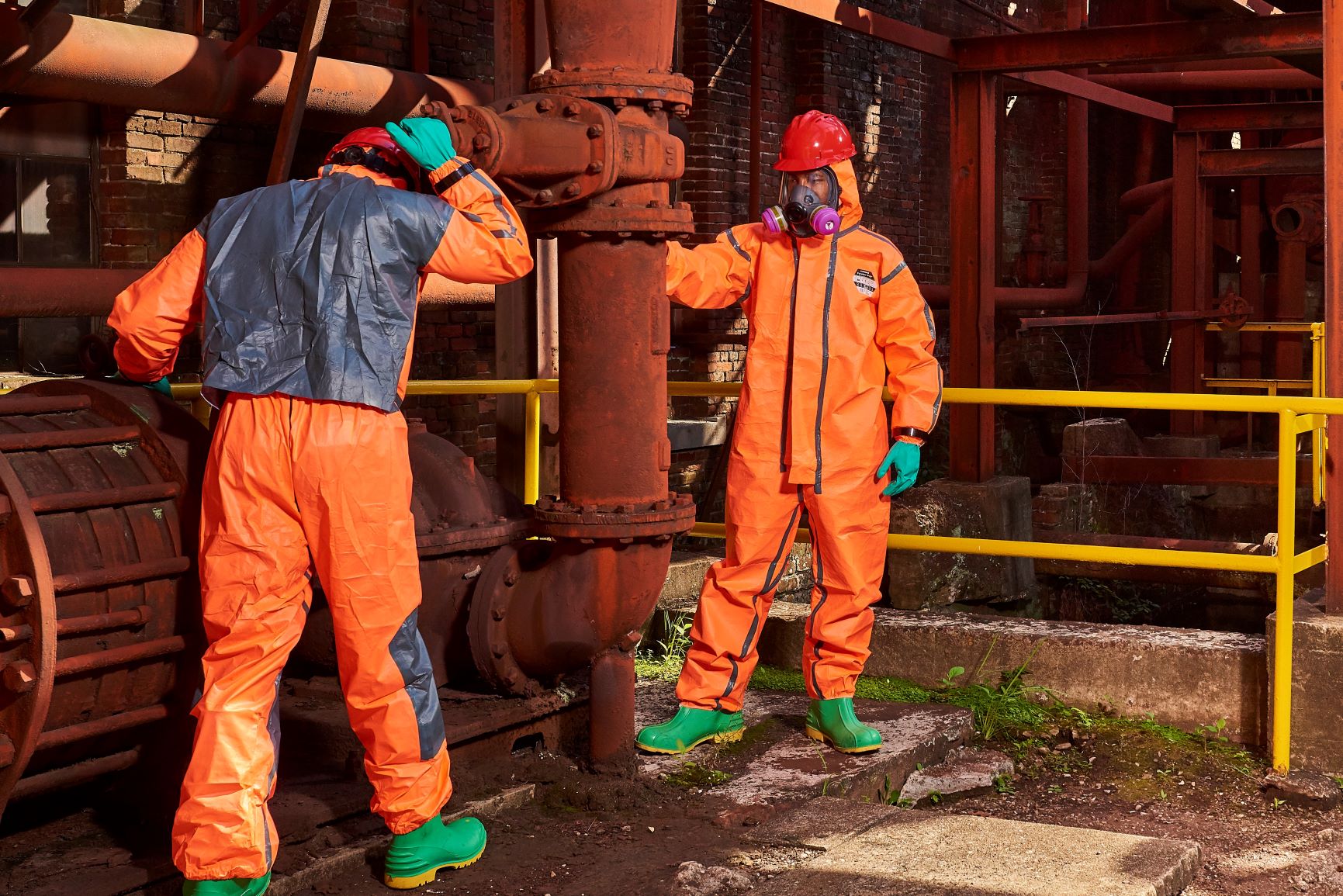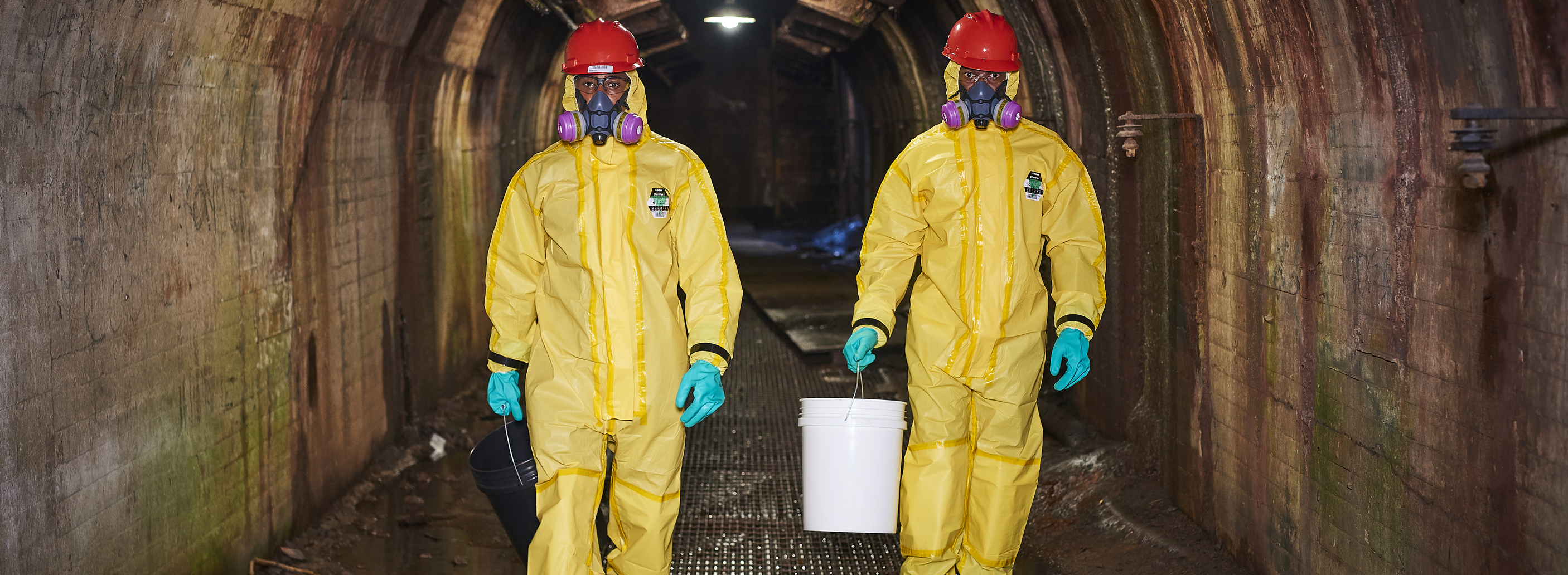As the number of CE standards increases, so does the rate at which standards are withdrawn and replaced by new versions or different standards. Additionally, as standards grow in their complexity (for example, the new EN 943-1 standard for gas-tight suits has an approximate increase of 25% in the number of pages it contains!), the challenge of understanding them, keeping up with any changes and what they mean is becoming a major task in itself.
I am regularly asked a question from the market that amounts to “We need this product A to be certified to standard XYZ”. Commonly the answer is that standard “XYZ” is not a product standard but a test method that cannot be certified to, and an explanation must be provided to explain that product A has been tested to standard XYZ as part of the certification to the actual product standard “123”.
We regularly use our Lakeland blogs and social media to provide updates on changing standards and to generally explain standards and how they work. The generalized example above shows that as a starting point it’s a good idea to be clear on the different types of standards – because not all are product standards and not all can be certified to.
There are essentially two types of standards (although they are not necessarily defined differently other than in the titles), although a third “sub-type” adds to the possible confusion. The differences are shown in the table below:-
Types of Standards:-
| Standard Type | Product Standards | Classification Standard | Test Methods |
|---|---|---|---|
| Description | These standards define the performance requirements for specific types of PPE relating to specific hazards.
Product standards will refer to test method standards and may include classification according to the results of those tests OR may refer to another standard for classification. These are generally the only types of standard that actually contain performance requirements for PPE These are the only standards to which products can be certified. |
This type of standard defines how the results for specific properties of products, as tested according to various test methods, should be reported.
Often this is in the form of classification tables. Products cannot be certified to these standards – they just describe how test results should be reported. |
These standards define the methods to test different properties of products.
They may or may not contain an indication of classification results OR may simply state how results should be reported Products cannot be certified to these standards – they simply describe methods of testing. |
| Examples | EN 14605 Clothing for protection against hazardous liquid chemicals (Type 3 & 4 garments).EN 13982-2 Clothing for protection against Hazardous Dry Particles (Type 5 garments)EN 13034 Clothing for protection against light aerosol liquid chemical sprays (Type 6 garments) Each of the above includes reference to test methods (in column 3) and to classification of results (in column 2) |
EN 14325 Test methods and performance classification of chemical protective clothing materials, seams etc. |
EN 530 Determination of resistance against abrasionEN ISO 9073 Determination of resistance against tearEN ISO 5082 Determination of seam strength |
So, for example, product standard EN 13034 for Type 6 protective clothing includes clause 4.1 which states:-
|
4.1. Chemical protective clothing materials shall be tested and classified according to Table 1 Table 1:- |
|
|---|---|
| Clause in EN 14325 | Performance requirement |
| 4.4 | Abrasion Resistance |
| 4.7 | Tear Resistance |
| 4.9 | Tensile Strength |
| 4.10 | Puncture Resistance |
| 4.12 | Liquid Repellency |
| 4.13 | Resistance to penetration by liquids |
| 4.14 | Resistance to ignition |
If we then look at standard EN 14325 referred to in the table above we find each of the mentioned clauses references a test method standard and provides a classification table for the results. So if we consider clause 4.7 we find:-
| 4.7. Trapezoidal Tear Resistance
Test specimens shall be tested in accordance with EN ISO 9073-4. The protective clothing materials shall be classified according to the levels of performance given in Table 4. Table 4:- |
|
| Class | Trapezoidal Tear Resistance |
| 6 | >150N |
| 5 | >100N |
| 4 | >60N |
|
3 |
>40N |
| 2 | >20N |
| 1 | >10N |
If we check EN ISO 9073 we find it is purely a test method standard – a description of how to perform the tear resistance test (but defines no product or performance requirements).
In summary, a garment to be certified for Type 6 applications:-
- Is certified to the product standard EN 13034. This is the only standard the product is certified to.
- EN 13034 includes a requirement to test for Tear Resistance according to test method EN ISO 9073 (along with other requirements relating to other properties)
- The results obtained in EN ISO 9073 are used to classify the performance according to the table found in EN 14325.
In short the product is certified only to EN 13034. The other standards are merely supporting documents that form part of the certification process.
| Why are PPE performance requirements reported as classification bands rather than actual results?
This is a very good question with several possible answers. Product standards require ONLY that classes, and not results are reported. At Lakeland we are happy to provide actual results of tests as well as classes, but some manufacturers only report classes. Why? The most obvious answer is that using classes makes it easier for users to compare the performance of different products (which is really the purpose of most tests). However, another possible answer is that both variations in fabrics (most fabric specifications allow a +/- 10% variation), along with inevitable variations in test results (evident in the fact that most tests require five samples to be tested with either the mean or lowest result being reported, and that commonly wide variations across those five samples are found) means that results are simply not that repeating accuracy. Thus classification “irons out” variations in results. A more cynical reason might be that it is a result of lobbying of major manufacturers who would like to “blur” differences between products and thereby encourage competition on branding and perception rather than on the facts of performance. Thus, for example using the tear strength classifications described here, by quoting classes rather than results the fact that one product might have a tear strength of 101N and another 149N is hidden as they are both classified as Type 6. In the eyes of the user they are equivalent – yet one has a tear strength almost 50% higher than the other! So as a manufacturer, by engineering a product to feature a tear strength of 101N, you can appear equivalent to a superior competitor, yet maintain a considerable cost advantage. |
For safety managers, wrestling with the task of optimizing PPE choice, keeping up with the changing CE standards that apply – not to mention understanding what they mean – is a challenge in itself – yet forms only part of the process of a comprehensive and robust risk analysis. A good starting point is to be clear on the different types of standard there are.



